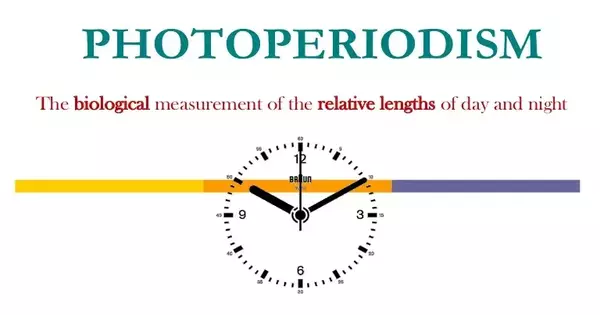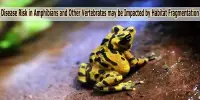Photoperiodism is a physiological response of many organisms, including plants and animals, to the length of light and darkness in a 24-hour period. It is an organism’s physiological response to the length of the night or a dark period. It is found in both plants and animals. It is critical in the regulation of many biological processes, particularly those related to seasonal changes.
Plant photoperiodism is also defined as plant developmental responses to the lengths of light and dark periods. According to their photoperiods, they are divided into three groups: short-day plants, long-day plants, and day-neutral plants. Photoperiodism (also known as seasonality) is the set of physiological changes that occur in animals in response to changes in day length. This enables animals to respond to a temporally changing environment caused by the earth’s orbit around the sun.
Photoperiodism is an important factor in determining the timing of events in plants such as flowering and germination. Plants can be classified into three main categories based on their response to the length of daylight:
- Short-day plants (SDP): These plants require a period of darkness longer than a critical length to initiate flowering. They typically flower in late summer or fall when the days are shorter.
- Long-day plants (LDP): These plants require a period of darkness shorter than a critical length to flower. They usually flower in late spring or early summer when the days are longer.
- Day-neutral plants: These plants are not significantly affected by day length and can flower under a wide range of day lengths.
Photoperiodism is frequently associated with reproductive behavior, migration, and other seasonal activities in animals. Some animals, for example, change their reproductive cycles in response to changing day and night lengths. Hormonal changes, particularly melatonin and various plant hormones such as gibberellins, frequently mediate physiological responses to photoperiodism.
Photoperiodism is studied by researchers to learn how organisms adapt to seasonal changes and to manipulate the timing of specific biological events, such as inducing flowering in crops or controlling the reproductive cycles of animals in captivity. This knowledge has applications in agriculture, horticulture, and wildlife management.
















